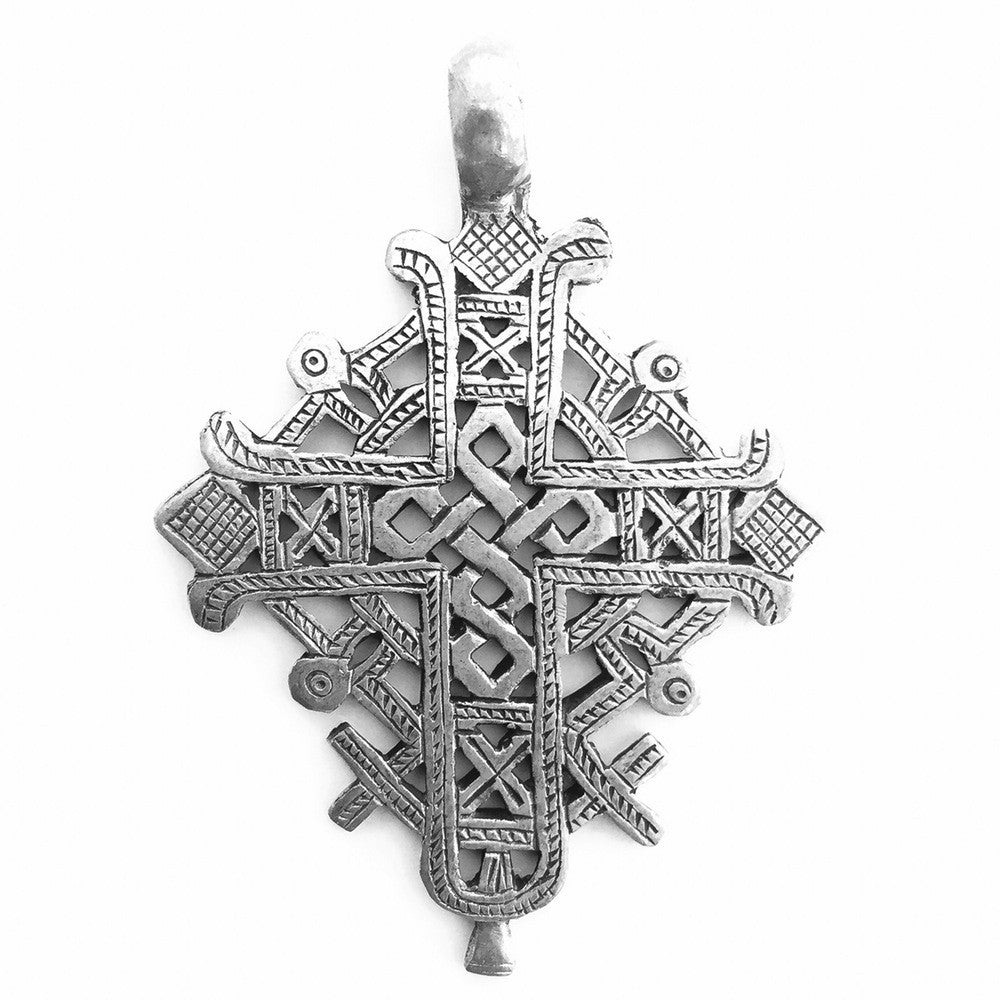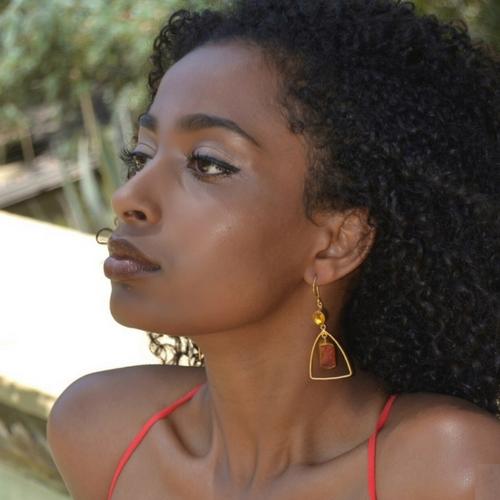Design I Culture I Lifestyle
Lalibela - A Town of Artisans, Manifestors and Holy People
Lalibela is a holy city in Ethiopia and that is a name collectively given to these unique style of crosses. Over the years many, many different designs and styles of crosses developed and these designs became identified with a specific region of Ethiopia. What makes the Lalibela cross special? Every cross in the world is built around the Latin or the Greek Cross with variation on these two underlying designs but not the Lalibela cross. The Lalibela cross stands as the third variation that stands on its own. Some might even wonder how it could even be considered a cross. Historian consider the Ethiopic crosses are emblematic trees whose branches touch on many meanings. The incorporation of solar discs radiates in broad variety, interspersed with stars of David, tree birds, all varieties of cross point to an intentional talismanic concentration of symbols.
Close inspection of the Lalibela cross will reveal a series of recurring motifs and tropes. Heaven is represented by two oblong circles connected to one another. This symbol is not unlike and more than likely derived from the Egyptian Ankh, an ancient character symbolizing life. Overall the Lalibela cross is the simplification of the human body into a geometric design of a triangle and circle. The circle atop a triangle seems to suggest a sitting figure. So, the design not only represents a special historic time in the Christian Church, Christ and his disciples but the communion of man and God.
At Mombasa, it is simply the most beautiful cross and deserves to be shared with the world. All of our Lalibela crosses are handmade in Ethiopia by artisans. Each design is unique and should find a special woman with impeccable taste and a cultivated sense of style.
Love & Light,
Mombasa



